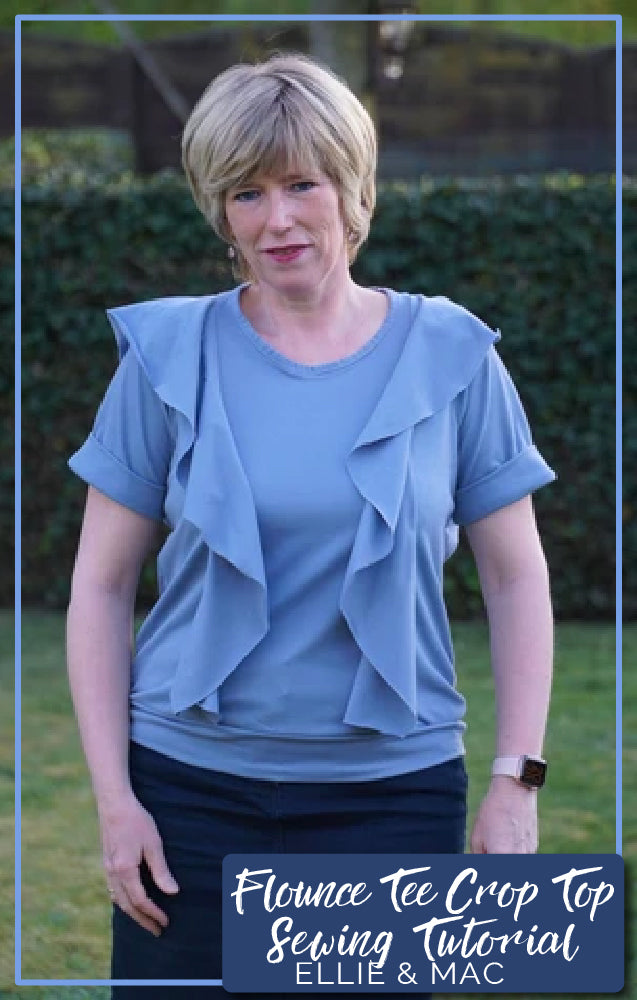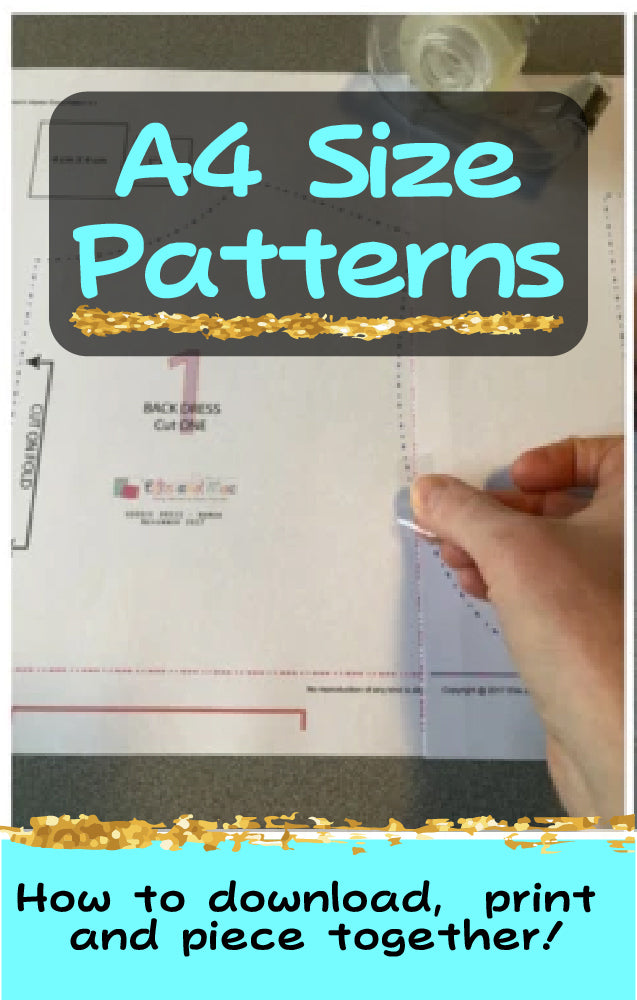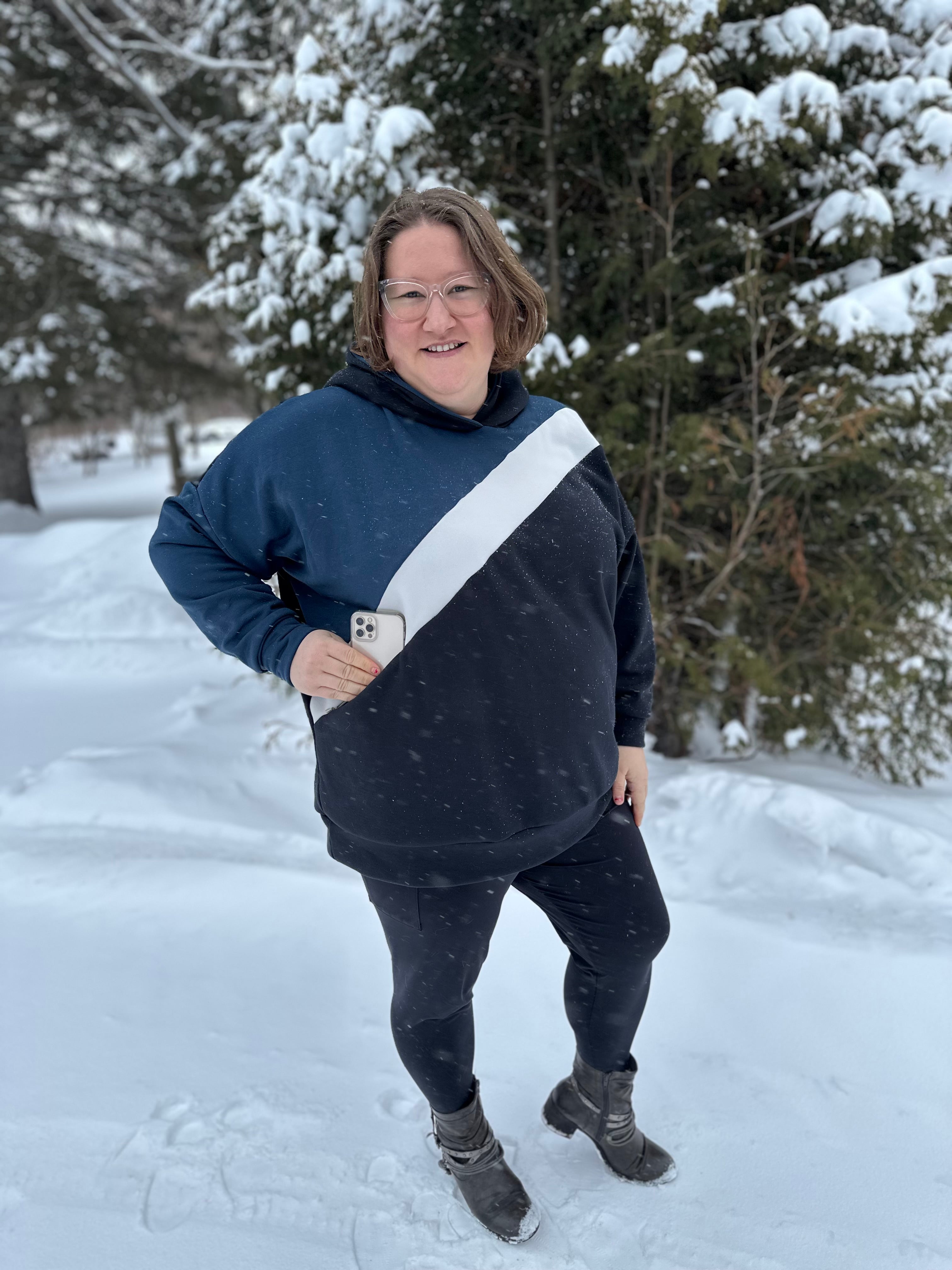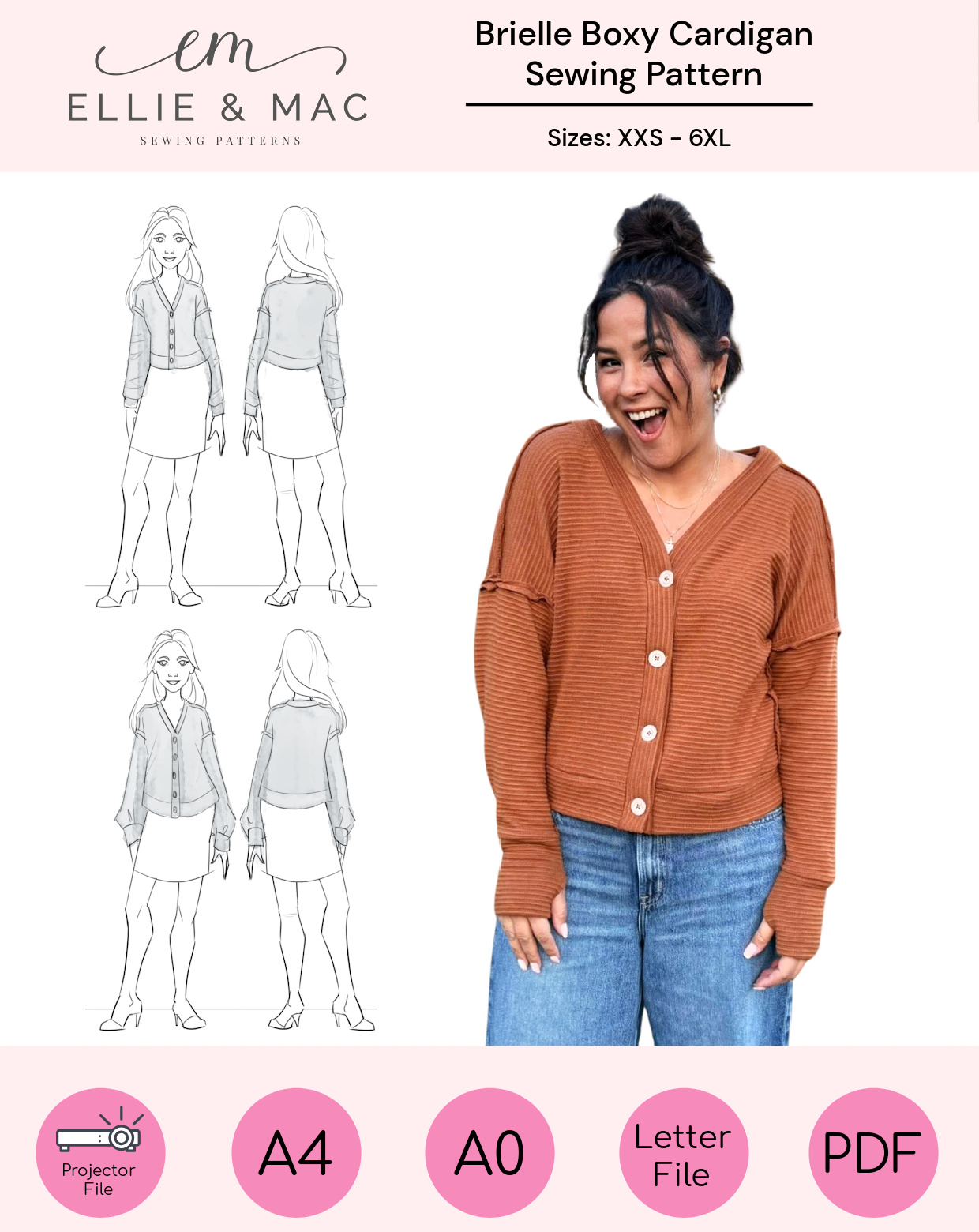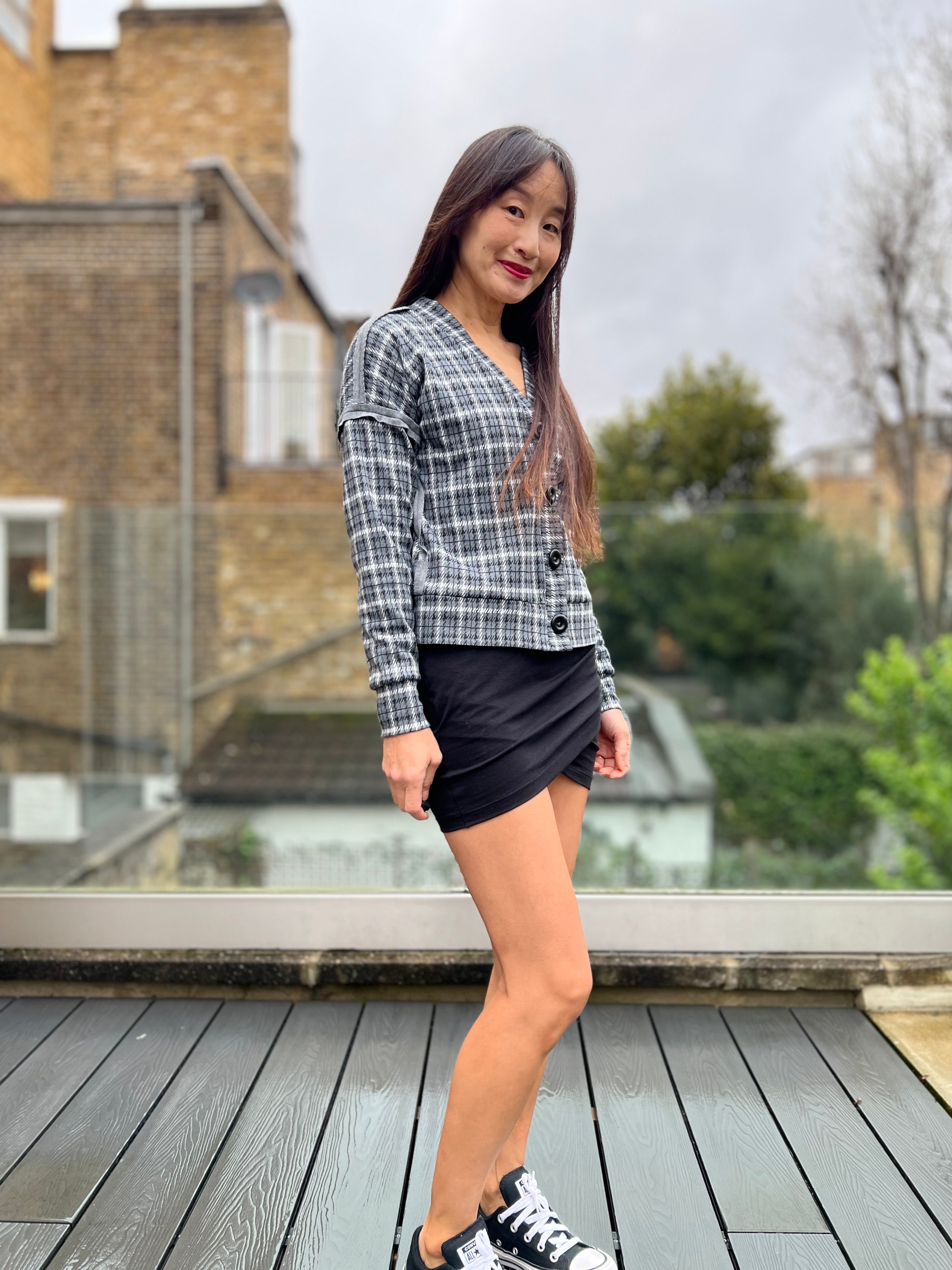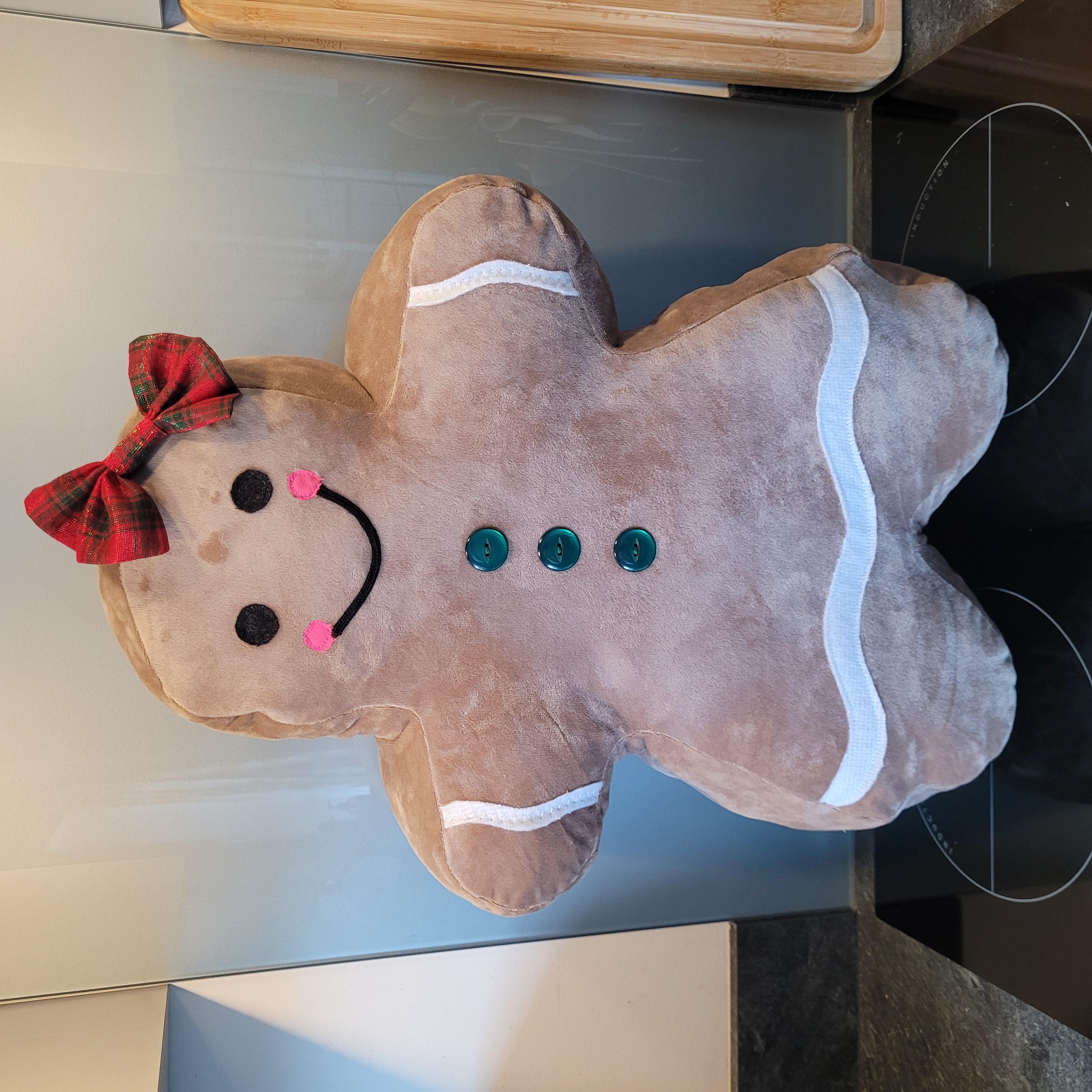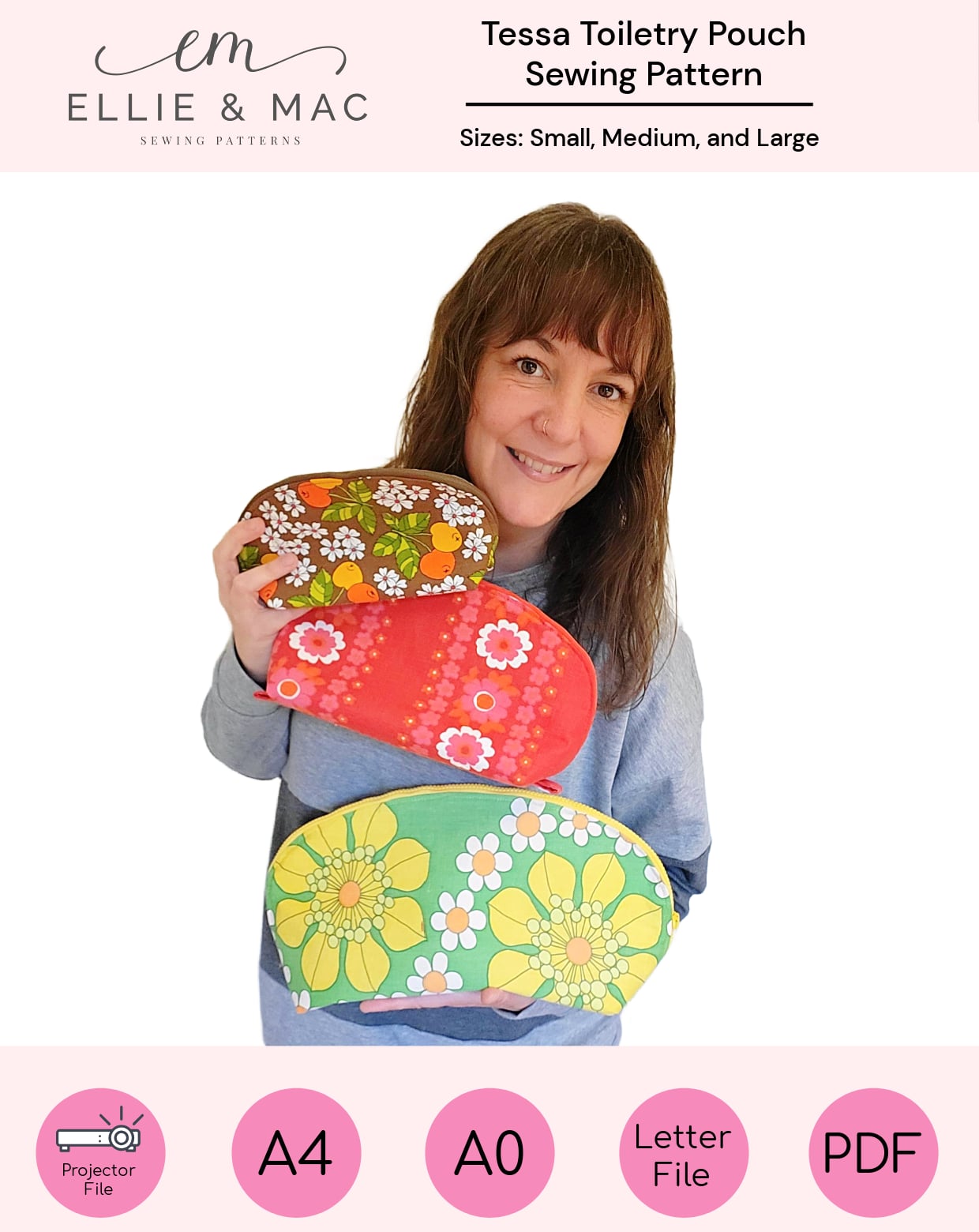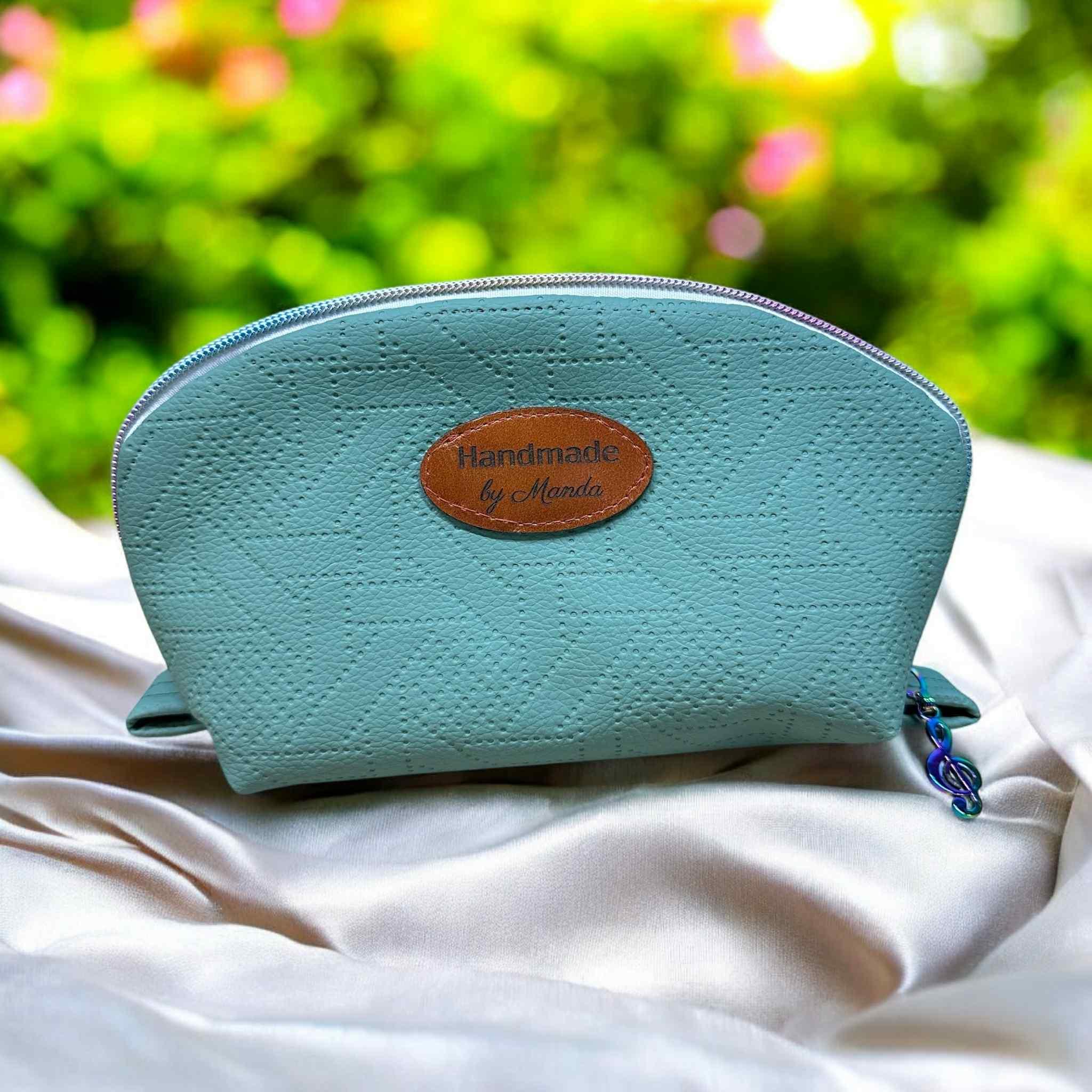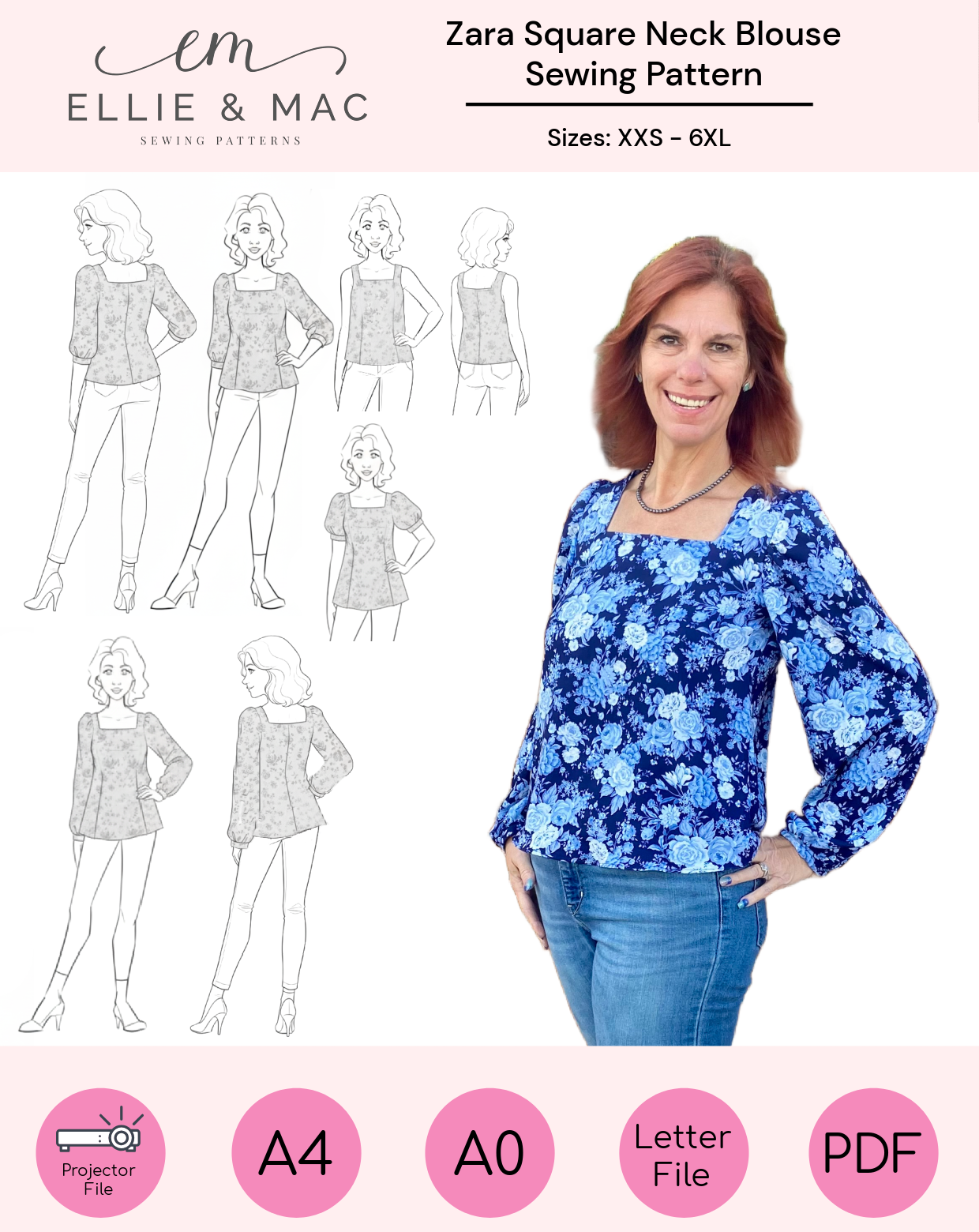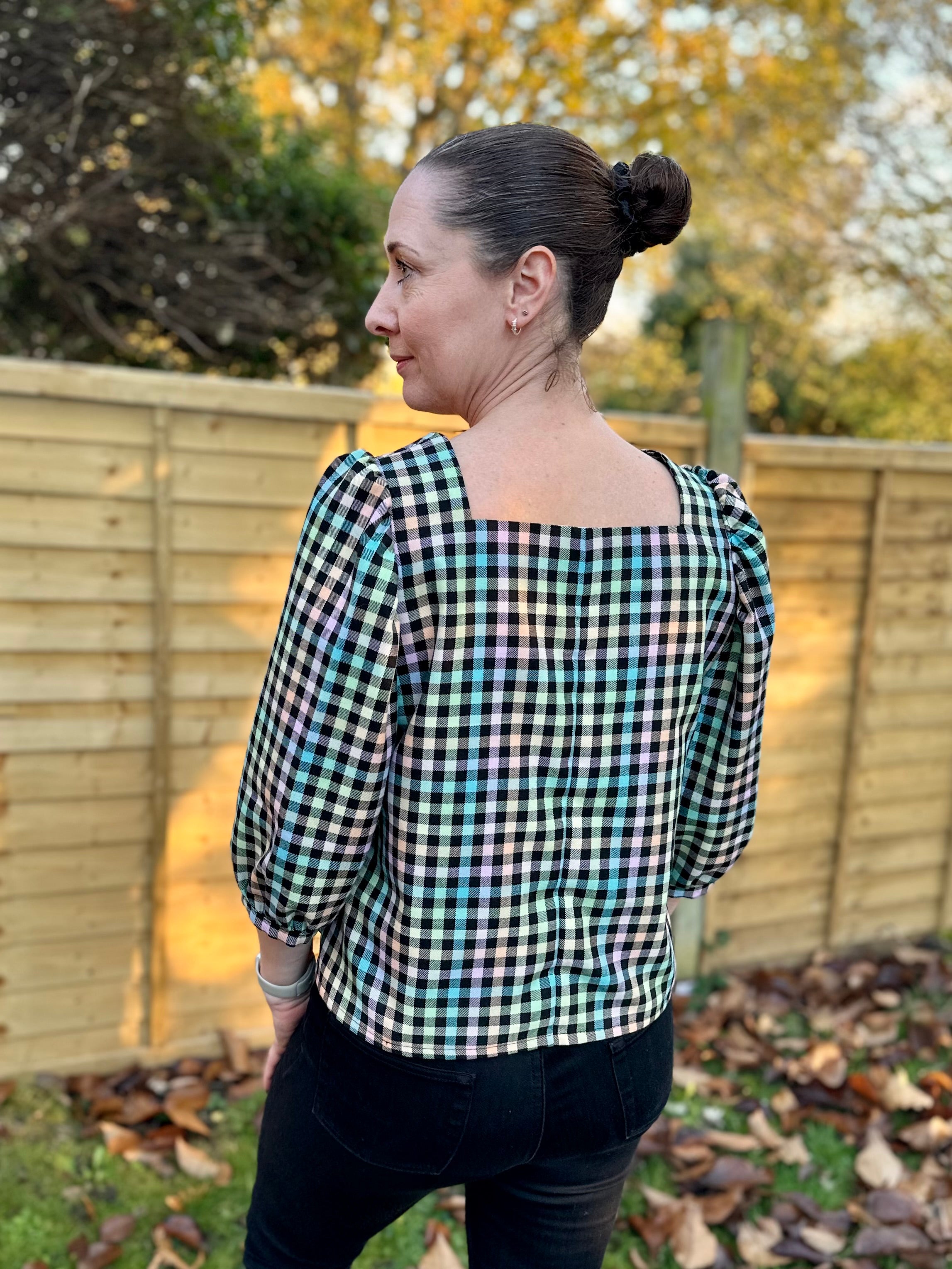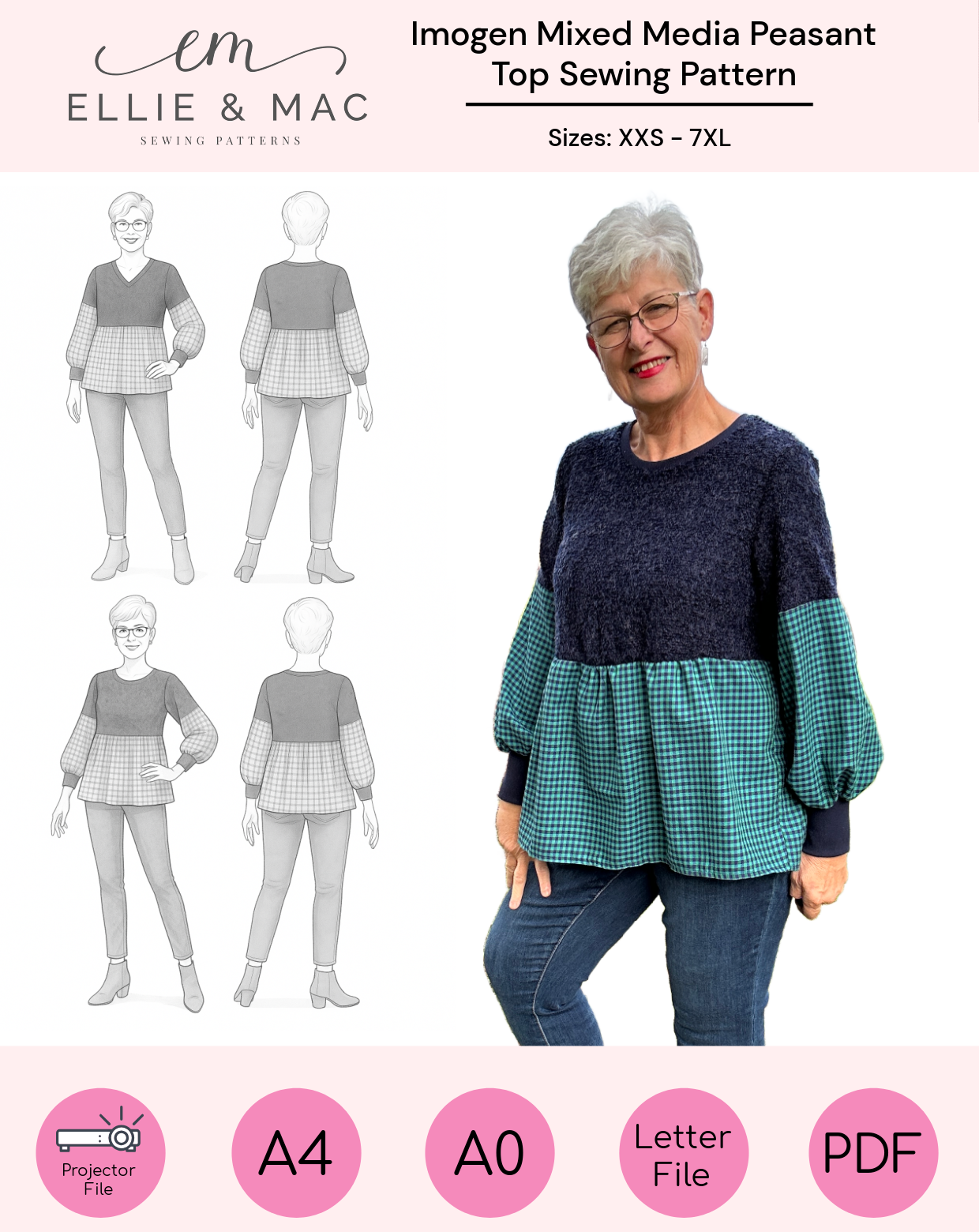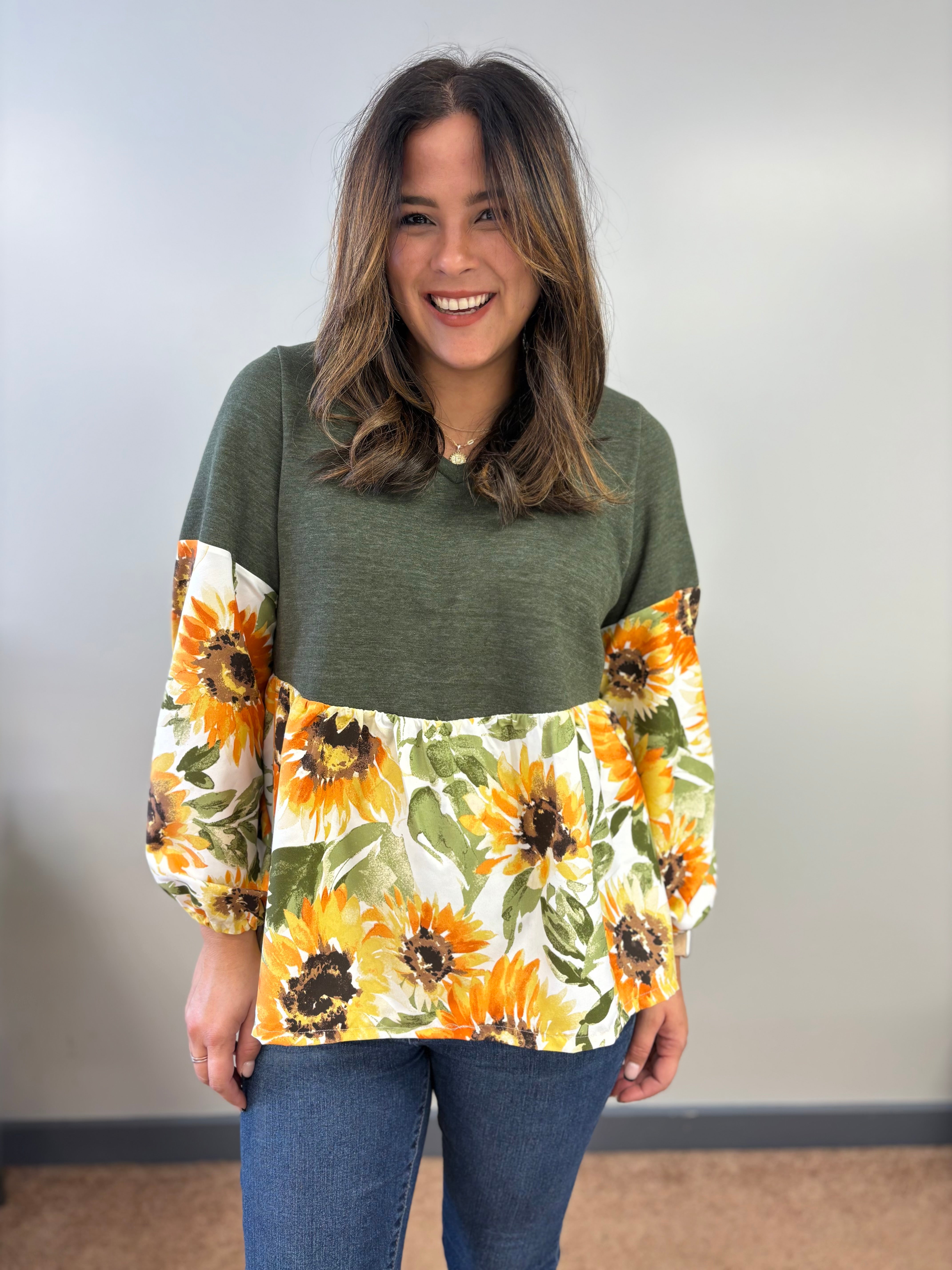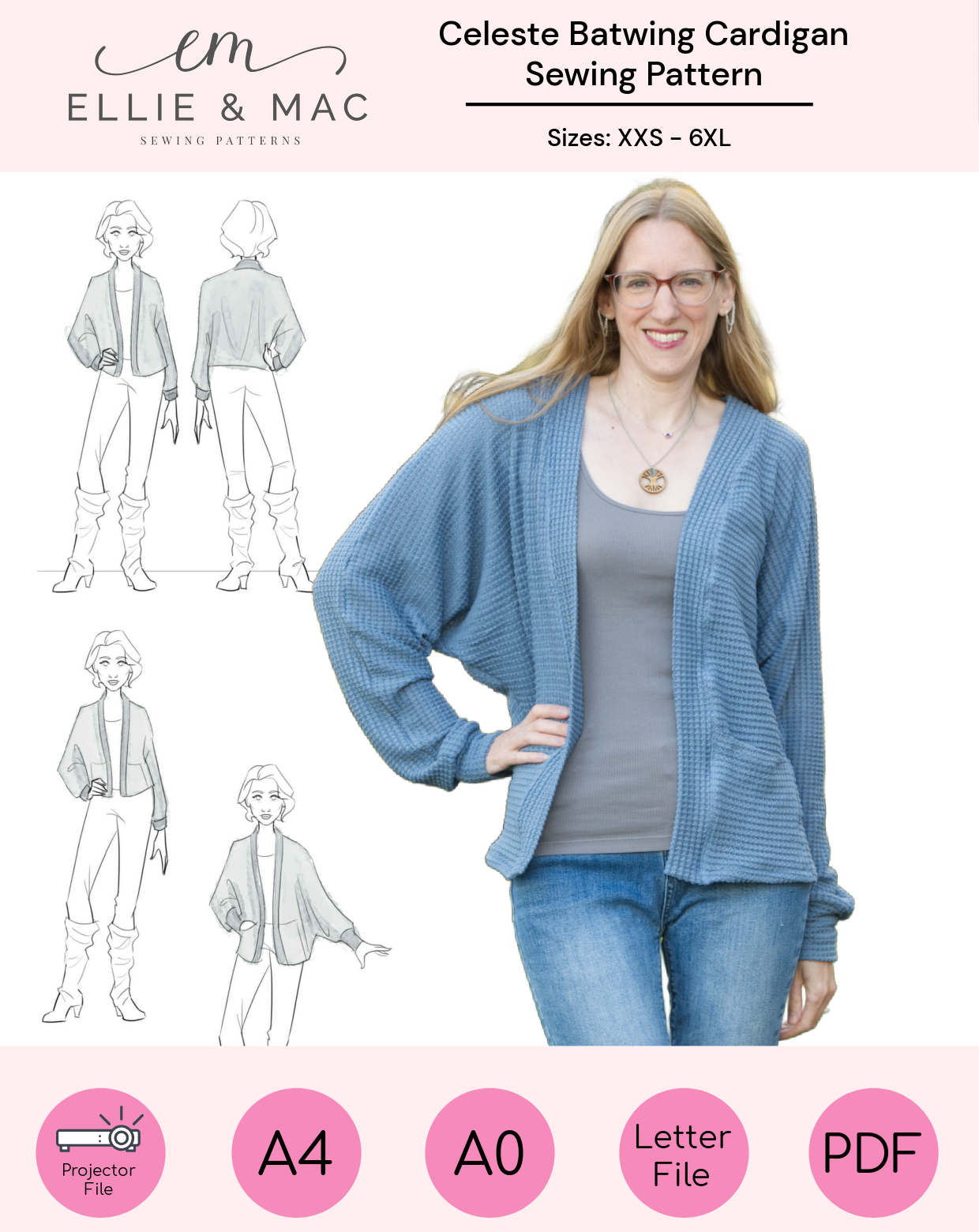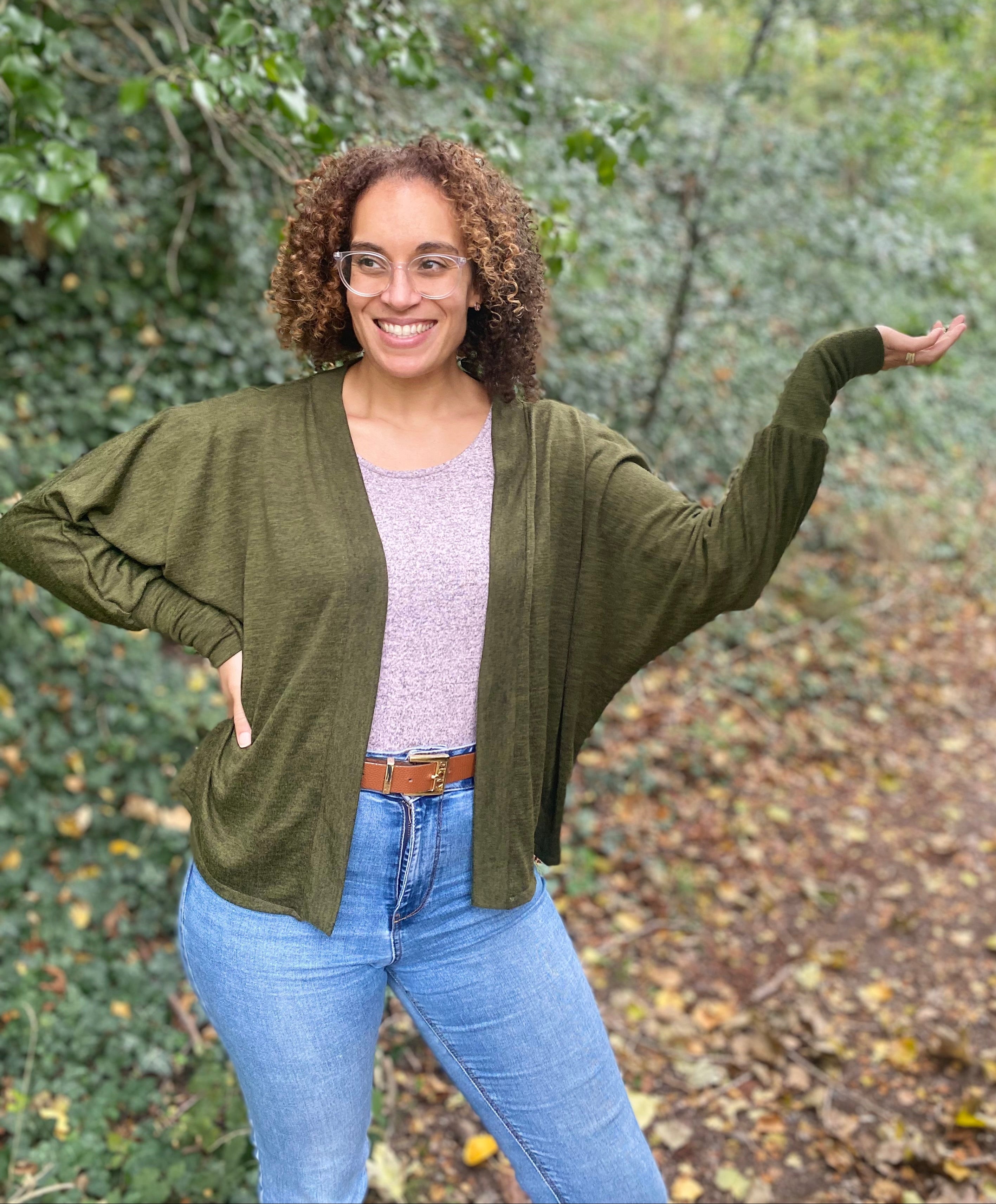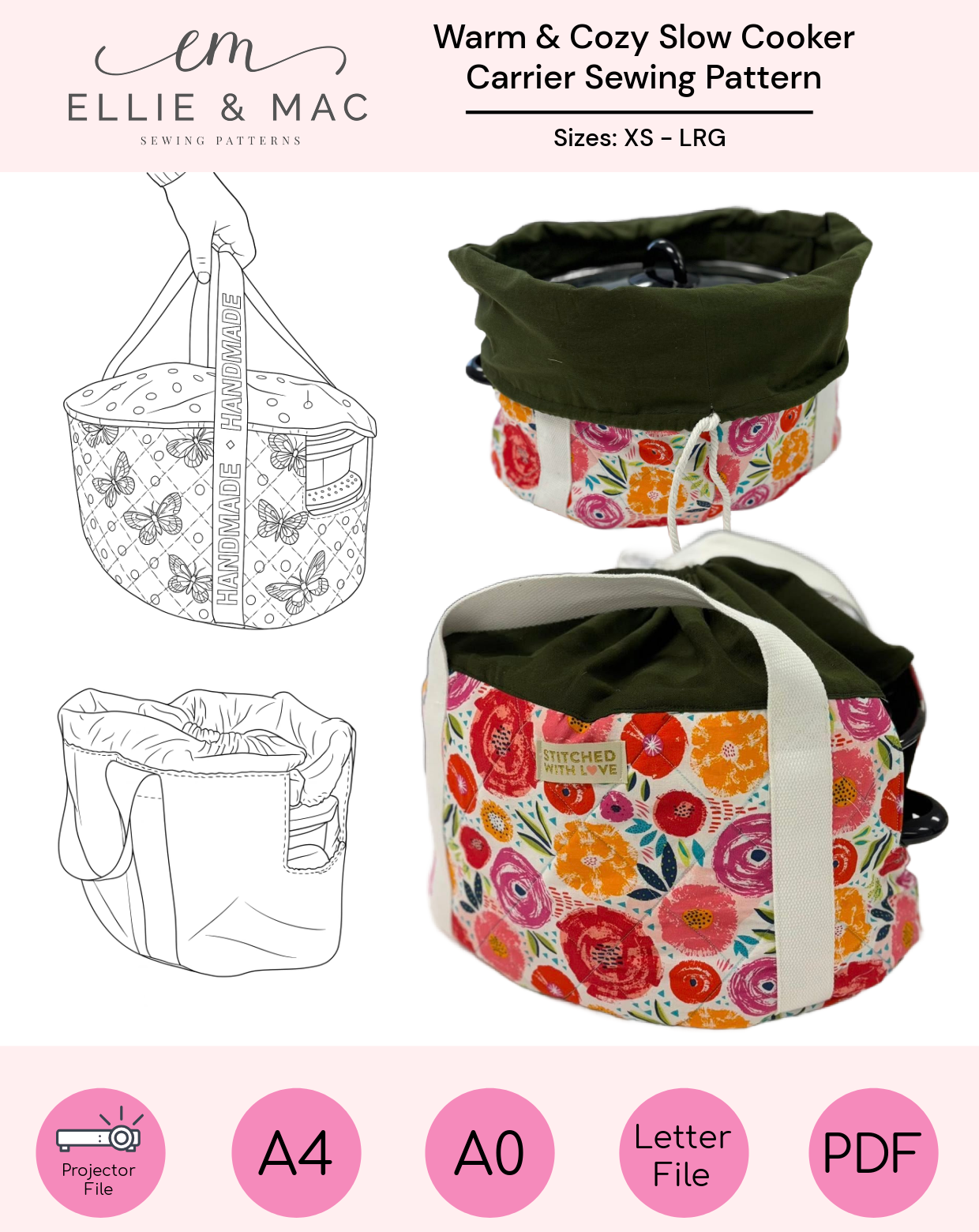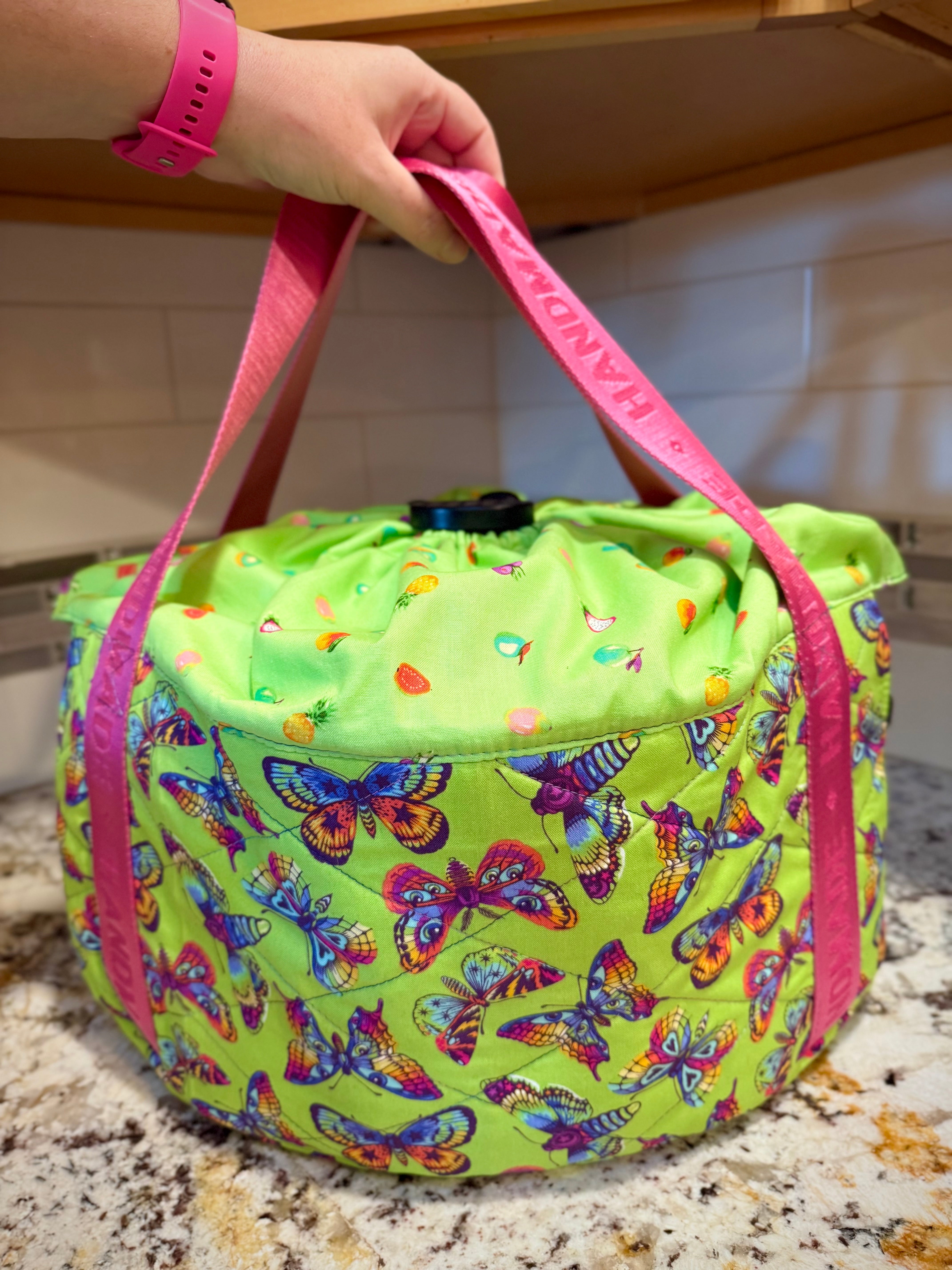
Hi there! It is me, Manda, again. Today I want to share a little part of my discovery of the Coverstitch World. I had been saving for a while and two months ago the time was there: I bought my first coverstich machine (for those who are interested, after reading numerous reviews I decided on the Singer Professional 5, a serger/coverstitch model).
After spending a few hours with the manual and some video's I got the hang of it and I understood how to switch stitches, change my threads, switch between the serger/coverstitch etc. I was ready to roll, and I wanted the hem my first dress with the Coverstitch. Exactly at that point the next thing that I had to learn was: "How do I end a coverstitch when I stitch in the round?" I did some research, found a few ways, tried them all and now I want to share the method that ends my stitches in a clean way (don't we all LOVE that!). Maybe it will work a little bit different on your machine, but the main steps are the same for every machine. I usually set my stitch length to 3.5, I like that stitch length on a hem. Let's begin our journey!
In this example, I am hemming the sleeves of a child's dress, I have fold the fabric over towards the inside of the sleeve and measured how far up I should start my hem (you probably have a little ruler on your stitch plate to measure). Then you lower the presser foot, hold the threads towards the back and stitch 2 or 3 stitches manually with the handwheel. Then stitch until you see the first stitches show up again and stop. Cut all the threads on the top and bottom of the first stitches. Doing this will make sure they don't get caught in the stitches when you are going to overlap this part with the last stitches.
Then you stitch until you reach the presser foot. The two lines on the presser foot mark where the needles will stitch, so make sure to line up the previous stitches with these lines. Overlap with about 2 to 3 stitches, I usually use the handwheel to do this, because then I have more control to make sure I stitch exactly on top of the first rows of stitches (and not wayyyyyy out of line as I did the first few times lol).
When you are done, make sure to lift your presser foot (with my machine this releases the tension, if your machine releases tension in another way then please do that step as well). Move your needles to the most upwards position with the handwheel. Then take a little tool (I use the screwdriver that came with the machine) and sweep under the threads, gently pulling them a bit forward. This will make the next step easier. 
Next, you use the tool to sweep under your presser foot, starting behind the needle position. This lets the tool hook the threads, and you will be able to pull them gently towards you for about 2-3 inches. Then cut both needle threads at the end (so you will cut the 2 loops, now you have 4 thread ends).
While you hold the 4 needle thread ends at the front lightly, you take your fabric and pull it steady (but not too hard, because then the thread will break) straight back. While you do this, you will pull back the looper thread and 2 of the needle threads that you are holding. 
You can stop pulling the fabric to the back when you see just 1 thread that is connected to the fabric.

Cut the last connected thread about the same length as the other thread. You will see that this way of ending the stitch pulls the needle threads from the right side of the fabric towards the wrong side of the fabric. You can tie them in a knot to secure the threads.

Et voila, there you have it: your coverstitch in the round performed on a sleeve.
When you aren't stitching in the round you can use roughly the same method. Just make sure you start stitching not right at the beginning of the fabric because it will tangle. And don't stitch all the way to the end of the fabric, stop stitching a little bit earlier.






